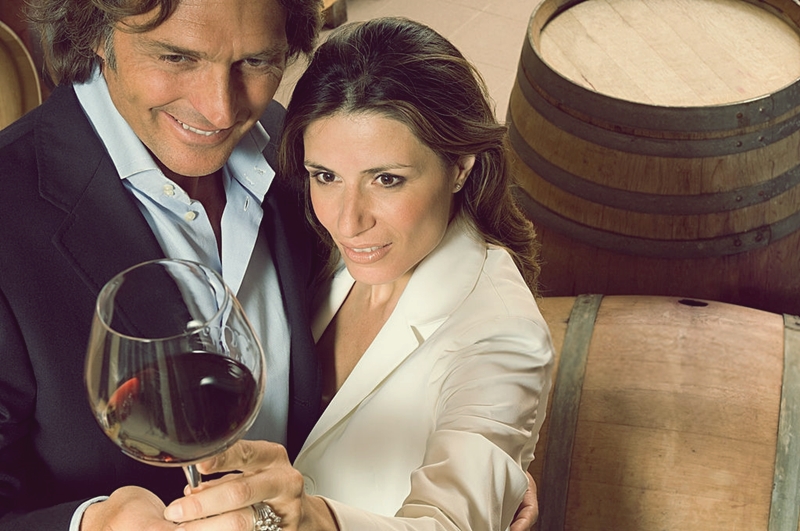The importance of wood in wine aging
How wood transforms wine: color, aroma, and taste

The aging of wine in wood is a relatively recent discovery, made when it was observed that wine improved after being kept in barrels for transportation by sea. Limited contact with air develops new flavors in the wine and helps it acquire stability. The wine must then continue to evolve with further aging in the bottle.
But why does wine improve with aging in wooden barrels?
During the aging process in wood, several phenomena occur:
- Condensation reactions between anthocyanins and tannins, facilitated by acetaldehyde, lead to colored compounds.
- Oxidation reactions cause the degradation of anthocyanins, the browning of tannins, and the evolution of tannin-anthocyanin combinations towards an orange color.
- Condensation reactions lead to the disappearance of molecules through precipitation.
- The wood imparts tannins, polyphenols, and aromatic substances to the wine.
From an organoleptic perspective, these transformations significantly alter the initial characteristics of the wine.
Color Modification
Micro-oxygenation through the wood oxidizes tannins and other polyphenols, causing the wine to lose its bright red color and vibrancy, tending towards orange hues. This process is called 'polymerization', the combination of molecules responsible for color.
In young wines, tannins (yellow) and anthocyanins (red) are free. Aging in wood causes them to bind together (polymerize) and reciprocally improve: the anthocyanin red turns to chestnut, which, combined with the yellow of the tannin, produces the characteristic orange, or 'tile', shade, stabilizing the color. Meanwhile, the harsh taste of tannin is softened and disappears. There is also a gradual disappearance of lightly condensed catechins and procyanidins, and the formation of high molecular weight tannins.
Substantial Modification of Aromas
Primary aromas (fruits, flowers, greens) are partially lost, and the typical bouquet of barrel aging emerges. Another bouquet will develop during the extended aging in the bottle.
Significant Changes in Flavor
Aging modifies astringency and bitterness, giving way to a certain finesse and complexity.
Risks of barrel aging
Barrel aging carries risks that can affect the style of aged wine due to poor selection of barrel type, or inappropriate aging time, either excessive or insufficient. Other risks include wine alteration due to:
- Oxidation from excessive wine permanence in the barrel, significant empty space inside, or inadequate sealing.
- Excessive increase in volatile acidity, caused by acetic bacteria development on the wine surface, accompanied by the formation of ethyl acetate with a strong, characteristic smell. Increases in volatile acidity in aged wines are normal when they do not exceed 0.1 to 0.2 grams/liter in a year. Being an aerobic alteration, all aging conditions involving wine contact with air increase the risk of its occurrence. Elevated temperature is another contributing factor.
- Formation of yeast veils on the wine surface, imparting abnormal odors and tastes to the wines, especially those produced by Brettanomyces/Dekkera, which produces ethyl-4-phenol with an unpleasant leather or horse sweat odor.
- Mold formation in excessively humid aging cellars, and also on the exterior of barrels with wine leaks, which can aromatically contaminate the wines, especially if chlorine-treated or chlorinated disinfectant materials are present.
Racking and refilling operations are crucial to avoid these problems, as is the judicious use of sulfur dioxide, both maintaining a certain level in the wine and using it afterward in washing operations as a disinfectant for the barrel interior. Lastly, maintaining proper hygiene in the aging cellar is essential.
Founded in 2007, Vinetur® is a registered trademark of VGSC S.L. with a long history in the wine industry.
VGSC, S.L. with VAT number B70255591 is a spanish company legally registered in the Commercial Register of the city of Santiago de Compostela, with registration number: Bulletin 181, Reference 356049 in Volume 13, Page 107, Section 6, Sheet 45028, Entry 2.
Email: [email protected]
Headquarters and offices located in Vilagarcia de Arousa, Spain.